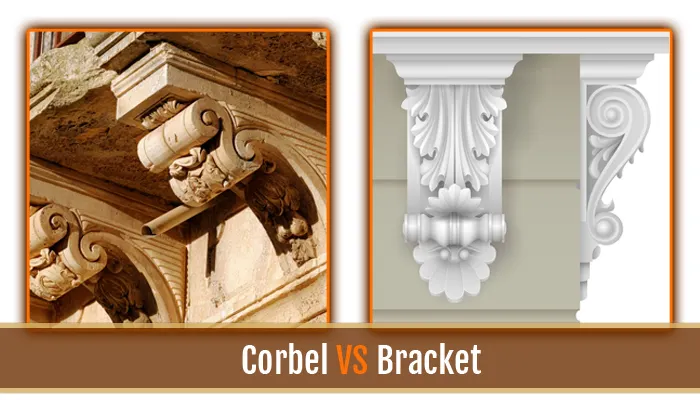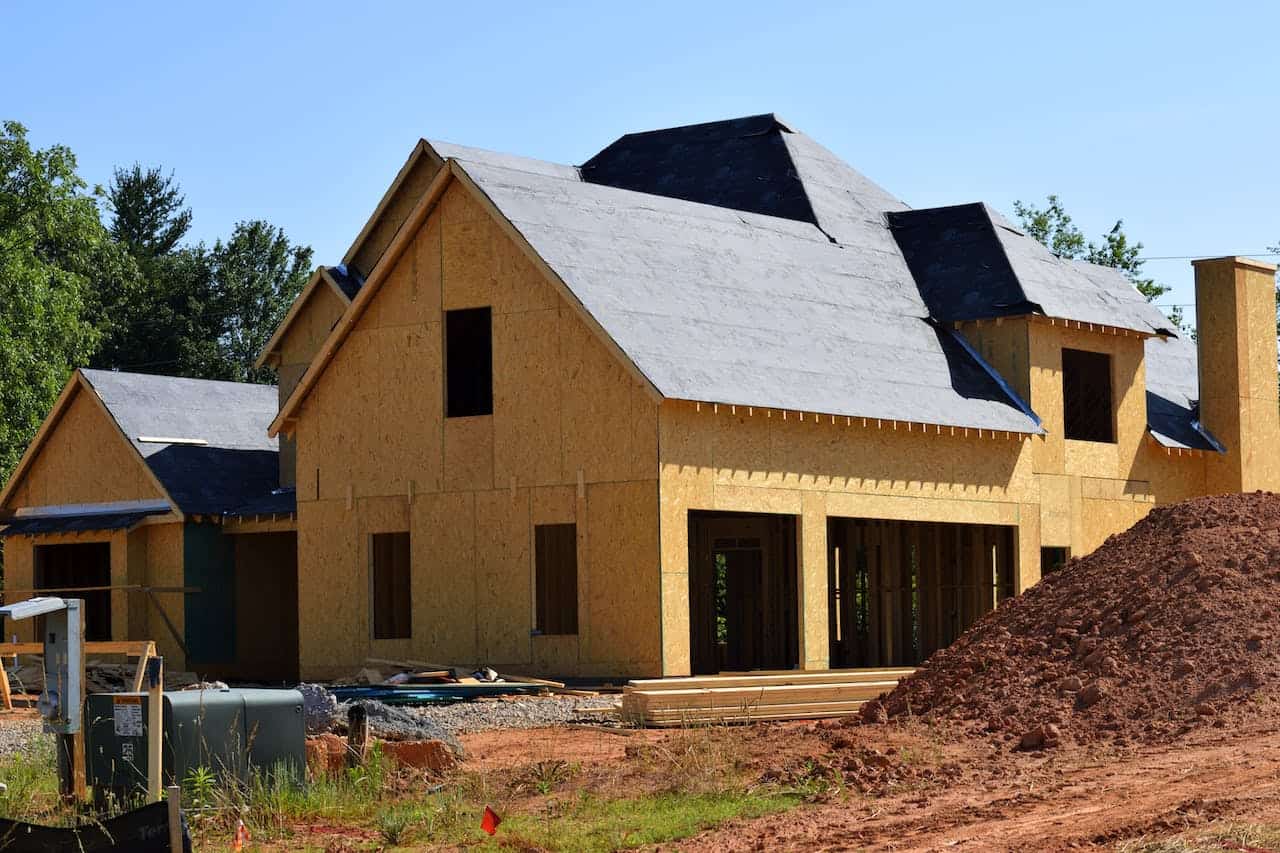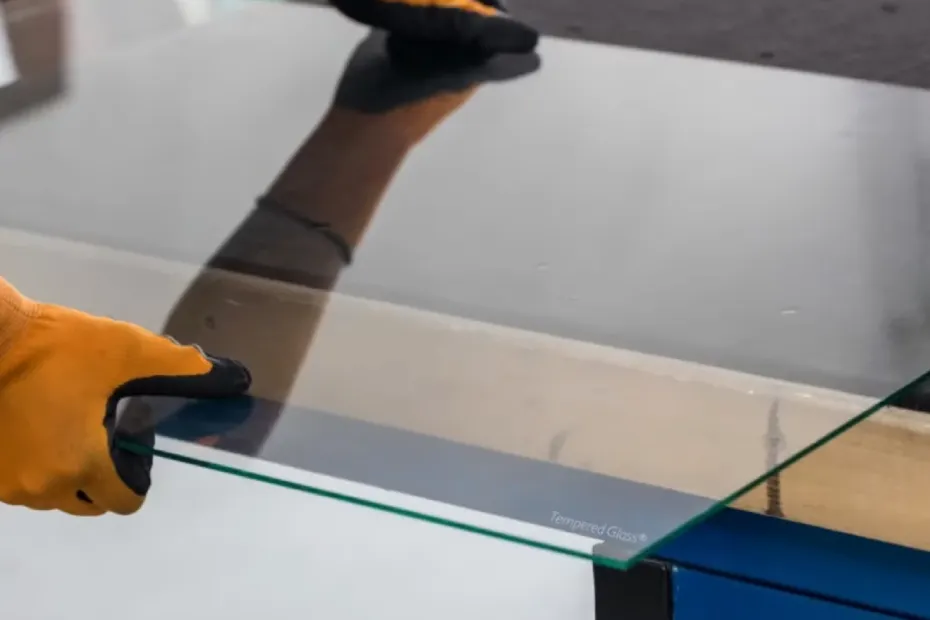WoodenuKnow.com is a participant in the Amazon Services LLC Associates Program, an affiliate advertising program designed to provide a means for sites to earn advertising fees by advertising and linking to Amazon.com and may earn from qualifying purchases.
Corbels and brackets are often used as architectural or decorative elements in furniture, door frames, cabinets, staircases, and mantles. It is important to understand the differences between these two structural design elements to ensure that your next project has a symmetrical appearance.
Both architectural elements have visible diagonal lines that provide support for vertical loads above them. I will discuss below the differences between corbel vs bracket.
What is Corbel?
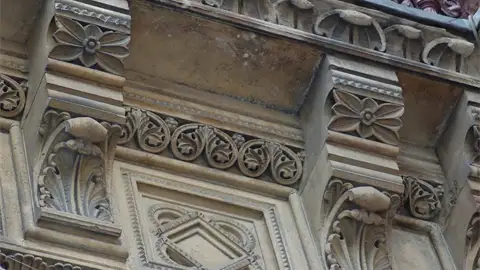
Corbels have long been an architectural term and describe the brackets which provide structural support under a building such as walls, ceilings, glass frames, fireplace mantels etc. The purpose of the project is different from other forms of latest or traditional brackets such as consoles.
The phrase “corbel” is also commonly applied in reference to building walls. The confusion probably originates in the sheer versatility of corbelling.
Generally speaking, they are made from different materials: wood, metal, stone, polyurethane, and plaster. It also varies in style from the elaborately designed wood corbels seen in Victorian architecture to the stylish, simple designs for modern homes. The wood corbels have also never escaped architecture outside the city.
The shape will vary depending on which style you choose, such as:
- Tudor corbels
- Acanthus leaf corbels
- Chevron corbels
What is Bracket?
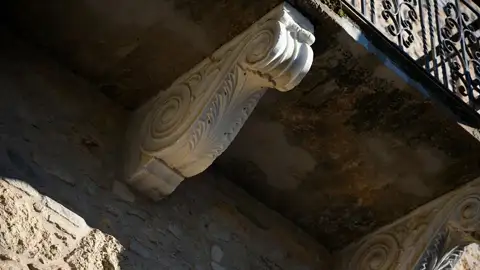
A bracket is an architectural element with a curved arm that projects away from the vertical surface onto which it rests. The most common materials for brackets are steel, cast iron, and wrought iron, though wood can also be used.
The Harri Boy brackets are crafted with free foam Cellular Polymer. The materials arrive in raw sheet forms of different thicknesses and are formed in infinite quantities in shapes. This manufacturing process consists of extremely technical and skilled personnel who carefully monitor the internal and environmental aspects.
This projecting structure typically includes one or more shelves and is used to provide support for heavy objects. Wood brackets can be used as a structural element such as:
- L-bracket
- Z-bracket
There are a variety of uses for these architectural elements in the design world.
Wood Corbel vs Wood Bracket: What’s the Best Choice for a Project?
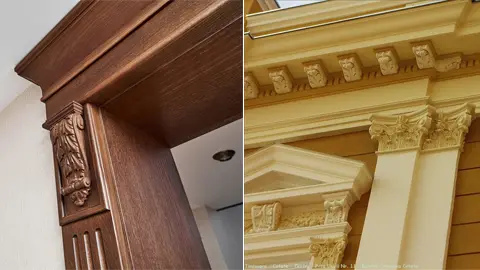
By understanding the difference between wood corbels and brackets, you will be able to complete your next project with confidence. Otherwise, you may end up with an unsightly design that does not appear to be in balance. Here are a few differences between the two:
Strength:
When you want to make your own decorative item such as a bookshelf, use wood corbels to create the look of shelves on an angle rather than straight out from the surface. If you are looking to support a heavy object that will be placed on top of the item, then use brackets.
Appearance:
The placement of wood brackets is similar to corbels because the two are working towards the same goal. Traditional brackets are placed at angles while wood corbels are not. A decorative bracket will always be more ornate than an equally sized corbel.
Both types of elements have a place in the design community. If you are looking for a more ornate and traditional look, choose wood corbels.
Size:
Both corbels and brackets can be as small or large as needed for a particular project. The larger the piece, the more expensive it will generally be.
The thickness of a material is an important factor to consider when it comes to corbels and brackets. Wood corbels will be generally thicker than brackets because they need to be able to stand on their own. Larger brackets will also need to be thicker than their small counterparts.
Weight:
Modern corbels are solid pieces of materials that have been cut and shaped. So, wood or stone corbels will have more weight than brackets so keep the key factors in mind before making your final decision.
Material:
The best materials for either corbels or brackets depending on the architectural style you are trying to achieve. Knowing this will be the first step in creating your project successfully, so take into consideration that:
- Stone and marble is strong and sturdy but requires more hand sculpting than wood or metal
- Metal is durable and offers a wide variety of decorative options
- Wood can vary greatly based on the type of grain and can be stained or painted to achieve the desired look.
The material that you choose for your project will help determine whether ornate brackets or simple corbels are the right choices.
Function:
Decorative brackets and corbels can be used to hold up a wide range of objects that are both small and large.
Wood corbels are attached to the wall and extend diagonally down to support its load. The brackets are attached directly to the supporting element (such as a beam) and extend laterally away from it, transferring its weight down through the bracket’s plinth.
Time of Creating:
Designing a project with corbels is a more complicated task, as it requires you to cut and shape each piece by hand. You can get brackets pre-cut from most hardware stores, making the construction process much simpler.
Durability:
Corbels are not meant to withstand moisture. But they’re stronger than brackets. Applying waterproofing materials is advisable. You can also paint or stain them to increase durability, which will be quite helpful in the long term.
PVC frames from Hardie Boys last for generations. However, they need maintenance. These brackets are resistant to moisture, mildew, rotting, warping, and fading.
Cost:
Corbels and brackets can vary greatly in price depending on their material, style, and size. Large corbels and brackets will be more expensive than their wooden counterparts. Usually, wood corbels are more expensive than brackets because of the large amount of time it takes to create.
How to Install a Corbel or Bracket?
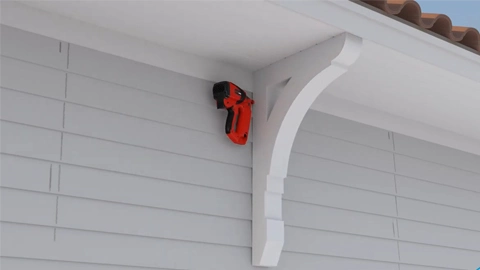
To ensure correct installation of corbels or brackets, here is how homeowners can do it:
Step 01: Measure and Mark
You need to measure and mark the first placement of your bracket on the area where you want it to be placed. Be sure that the bracket is level.
Step 02: Drill Hole
Drill a pilot hole into the wall where you want your screw (and later, the corbels or brackets themselves) to be placed. You can do this by drilling a small hole with a drill and then enlarging it with a larger bit.
Step 03: Attach the Brackets
Attach the brackets to the wall (or structure) by screwing in a lag bolt or similar type of screw. Hold your corbels against the surface and mark where you need to drill holes for screws to go through. Drill pilot holes like before and then enlarge them with larger bits.
Step 04: Attach the Corbels
Attach the corbels to the panel by screwing in lag bolts or similar types of screws. Although corbels are not usually an extremely heavy item, it is still wise to use longer screws than you may think necessary for stability’s sake.
Step 05: Check the Level
After attaching your corbels or brackets, ensure that it is level, both front-to-back and side-to-side. Now you have successfully installed them.
Conclusion:
Both corbels and brackets can add a touch of sophistication to any design project, but ultimately the choice comes down to which style you like best.
In order to complete your project successfully, you should have an idea of how much it will cost and how long it will take from start to finish. Keep in mind that corbels are more difficult and require more time and money than brackets.
We hope this article helped you choose the right architectural elements for your custom countertops and other interior or exterior projects.

